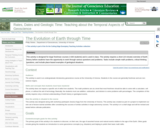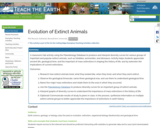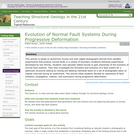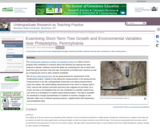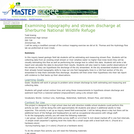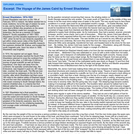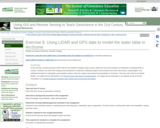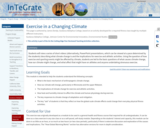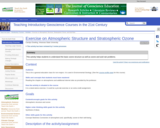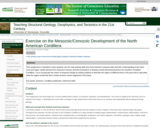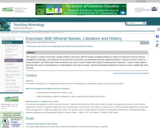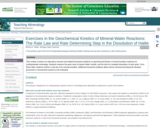
In the first week of the course, students are introduced to the major groups of animals and single-celled eukaryotes that comprise most of the fossil record. At that time, each student selects one group (kingdom, phylum or class) of organism to be their special "pet" group for the rest of the semester. Several assignments are then tied to these groups, including this activity, which is a writing assignment directly following the class lectures on evolution and natural selection. Students are asked to use the scholarly article database GeoRef to locate a peer-reviewed journal article that describes research on the evolution of their "pet" group (or some specific member of it). After reading the article, students must write a 2-3 page summary and critique of it, applying concepts they have learned in the course to evaluate the scientific merits of the paper. If time permits, students are also invited to spend a few minutes presenting their summary and critique during class so that the students can learn about each other's "pets".
(Note: this resource was added to OER Commons as part of a batch upload of over 2,200 records. If you notice an issue with the quality of the metadata, please let us know by using the 'report' button and we will flag it for consideration.)
- Subject:
- Biology
- Life Science
- Material Type:
- Homework/Assignment
- Provider:
- Science Education Resource Center (SERC) at Carleton College
- Provider Set:
- Teach the Earth
- Author:
- Peg Yacobucci
- Date Added:
- 05/12/2022
